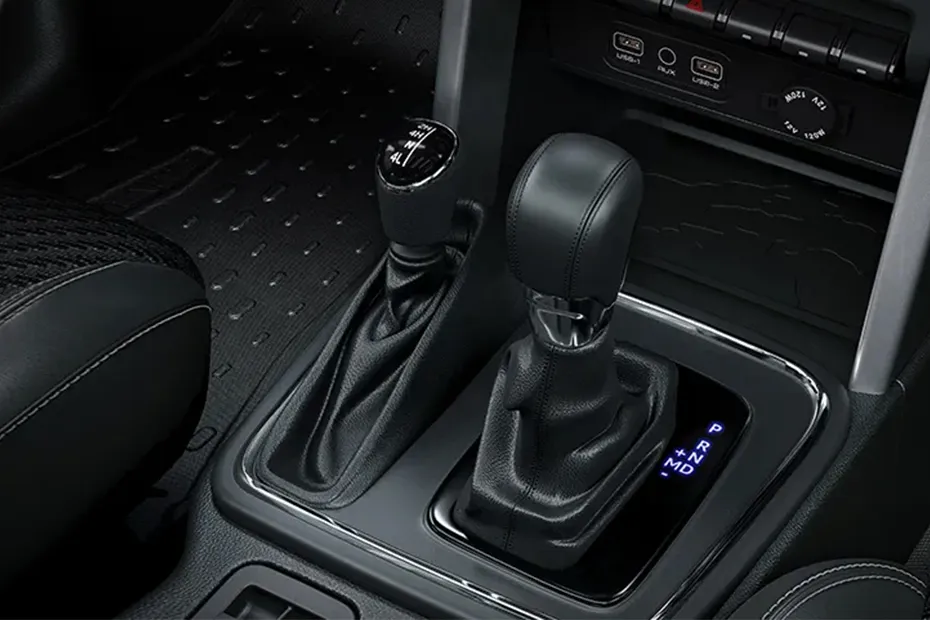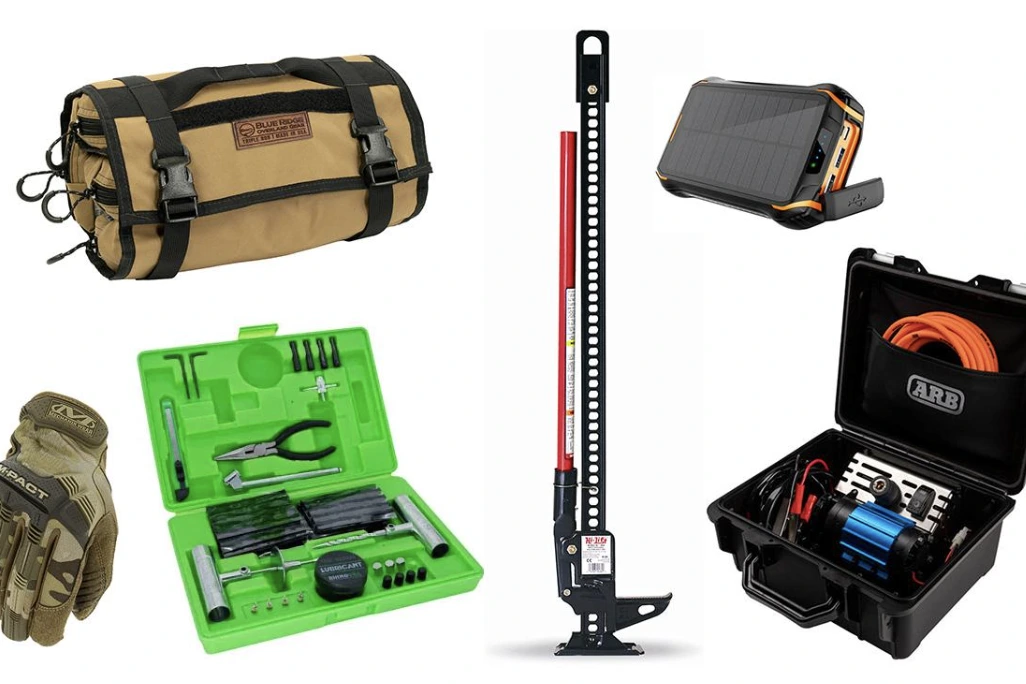Off-road basics form the cornerstone of skilled and responsible driving beyond paved roads. The art of off-roading combines mechanical understanding, driving precision, and environmental respect. It is not merely about conquering a trail, but about learning the science of traction, torque, and balance. For any driver venturing into challenging terrain, understanding these fundamentals ensures safety, confidence, and long-term vehicle reliability.

Off-Road Basics – Torque and Traction
Among the most essential lessons in off-road basics is learning that torque matters far more than speed. Off-road driving is a test of controlled power delivery, where maintaining grip is more important than covering ground quickly. When engaging the 4L mode, or Four Low, a vehicle produces maximum torque at low speeds, ideal for navigating rocks, deep mud, or steep inclines. The 4H mode, or Four High, allows balanced traction for milder surfaces such as gravel, sand, or snow, while still permitting higher speeds.

The first or second gear is often preferred in low range because it provides steady power and prevents wheel spin. Attempting climbs in higher gears may reduce control and cause loss of traction. Mastery of throttle input—smooth and consistent rather than aggressive—is central to successful off-road driving. Torque control is the true indicator of skill, not how fast one moves.
Off-Road Basics – Geometry and Vehicle Angles
Understanding vehicle geometry is another integral aspect of off-road basics. A vehicle’s capability off the road is largely defined by three angles: approach, departure, and breakover. The approach angle determines how steep an incline can be tackled without the front bumper scraping the ground. The departure angle, at the rear, defines how steeply a vehicle can descend without damage. The breakover angle represents how easily a vehicle can clear a ridge or crest without its underbody striking the surface.

A shorter wheelbase combined with higher ground clearance improves all three of these parameters, allowing smoother navigation across uneven terrain. Awareness of these geometric factors helps drivers assess obstacles before approaching them, reducing the risk of underbody contact or bumper damage.
Off-Road Basics – The Importance of Differential Locks
No discussion on off-road basics is complete without explaining the purpose of differential locks. A standard differential allows wheels on the same axle to spin at different speeds, a feature essential for road driving. However, off-road situations often present uneven traction where one wheel might be on a slippery surface while the other remains on firm ground. In such scenarios, the open differential directs most of the power to the wheel with least resistance, leading to wheel spin.
Engaging the differential lock ensures both wheels turn at the same speed, providing equal power and consistent movement. This system becomes invaluable while rock crawling, crossing slush, or climbing loose soil slopes. However, it must be used selectively, as constant engagement on solid ground may strain the drivetrain.
Off-Road Basics – Steering Control and Driving Technique
Proper steering technique is one of the most often overlooked aspects of off-road basics. Drivers should never rest their thumbs inside the steering wheel because sudden feedback or kickback from rocks and ruts can spin the wheel abruptly. Maintaining a relaxed yet firm grip with thumbs on the outer rim allows better reaction and safety.

Smoothness defines competence off-road. Abrupt throttle, steering, or braking inputs can unsettle the vehicle and cause a loss of control. Avoiding clutch riding is equally critical, as it may cause rollback during inclines. Maintaining momentum with controlled acceleration and minimal gear shifts ensures stability and balance throughout a climb or descent.
Off-Road Basics – Recovery Tools and Safety Preparedness
Every competent driver knows that preparedness is at the heart of off-road basics. Even the most capable vehicles can get stuck, which is why carrying recovery gear is essential. A complete recovery kit generally includes gloves, D-shackles, tree straps, recovery straps, tow hooks, dampers, and a first-aid box. Among recovery tools, a winch plays the most vital role. By attaching a cable to a secure anchor such as a tree or another vehicle, it allows a stuck vehicle to be pulled free from mud, sand, or rocks. During winching, safety precautions such as using dampers and maintaining distance from the cable must always be observed.

Off-Road Basics – Equipment Enhancements for Capability
Vehicle accessories also contribute significantly to off-road basics. A snorkel, for example, raises the engine’s air intake point from beneath the bonnet to a higher level, usually along the A-pillar. This prevents water ingress during deep water crossings and provides cleaner air intake in dusty conditions. Similarly, a high-lift jack is an indispensable piece of equipment. It allows the vehicle to be raised higher than a standard jack, enabling the driver to free stuck wheels, place traction boards, or even perform emergency repairs in remote areas.
Off-Road Basics – Tyre Pressure and Traction Management
Tyre management is a subtle yet crucial part of off-road basics. Lowering tyre pressure slightly can increase the tyre’s contact area with the surface, enhancing grip on sand, snow, or loose dirt. However, this adjustment must be made carefully, as excessive deflation risks damaging the tyre sidewall or causing bead separation. After returning to paved roads, tyres should be re-inflated to standard pressure to maintain stability and fuel efficiency.
Smooth throttle control and consistent momentum prevent digging into soft surfaces. On descents, engine braking through lower gears offers better control than relying solely on brakes, ensuring a safer and smoother descent.
Off-Road Basics – Environmental Responsibility
Lastly, responsible behaviour forms a defining part of off-road basics. Staying on designated trails helps preserve fragile ecosystems and prevents soil erosion. Drivers should avoid creating new paths or spinning tyres unnecessarily, as these actions cause environmental degradation. Respecting local terrain rules and cleaning up after a trail drive reflect a responsible and ethical approach to off-roading.

Off-Road Basics – Conclusion
Learning off-road basics means more than learning technical controls; it represents an understanding of balance, precision, and respect for terrain. From torque management and differential locks to recovery preparedness and environmental care, every element contributes to safer and more efficient driving. Off-roading is not about aggression or speed—it is about control, awareness, and adaptability. Those who understand these off-road basics drive not just with skill, but with confidence and responsibility, ensuring that every journey beyond the tarmac is both thrilling and sustainable.

